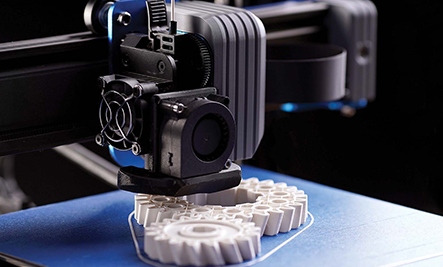One of the primary ways rapid prototyping is transforming the automotive industry is by significantly accelerating the design iteration process. Traditional prototyping methods often involved lengthy cycles of manual fabrication, testing, and refinement. With rapid prototyping technologies such as 3D printing, designers can quickly create physical models of new components or even entire systems, test them in real-world conditions, and iterate the design based on feedback. This not only shortens the overall development timeline but also allows engineers to explore a wider range of design possibilities, enhancing innovation.
Automotive manufacturers can significantly reduce costs using rapid prototyping. Instead of producing expensive tooling and molds for each design iteration, 3D printers and other rapid prototyping tools allow manufacturers to produce prototypes quickly and affordably. This cost-effectiveness enables more extensive testing of new ideas, ensuring that final designs are both practical and optimized for performance. As a result, carmakers can experiment with innovative designs without incurring prohibitive costs during the early stages of product development.

Another important shift brought by rapid prototyping in the automotive industry is the increased capability for customization. Whether it’s creating bespoke parts for performance vehicles or crafting personalized interiors, rapid prototyping allows automakers to offer custom solutions to meet individual customer preferences. This is particularly important in today’s market, where consumers are seeking more personalized experiences with their vehicles. The flexibility offered by rapid prototyping service makes this possible without the high costs typically associated with customization.
Rapid prototyping also fosters improved collaboration among different teams within automotive companies. With quick turnarounds for physical prototypes, design, engineering, and manufacturing teams can work more closely and iteratively. Physical models make it easier to visualize potential issues and facilitate clearer communication across departments. This helps teams address concerns early in the development process, leading to more cohesive and refined final products. Additionally, feedback from stakeholders can be integrated more efficiently, enhancing overall project alignment.
Ultimately, rapid prototyping is helping automotive manufacturers reduce their time to market for new models. By streamlining the design and testing phases, manufacturers can bring their products to consumers more quickly. This faster time to market is crucial in the highly competitive automotive industry, where companies are constantly striving to release innovative vehicles ahead of their competitors. Rapid prototyping ensures that these innovations reach consumers faster, keeping companies at the forefront of industry trends.
With rapid prototyping, automotive companies can test new materials and components under real-world conditions before committing to full-scale production. Prototyping allows engineers to experiment with different materials, evaluate their performance, and assess durability, helping manufacturers make informed decisions about the materials they use. This capability is particularly valuable as the industry shifts towards lightweight, sustainable materials in an effort to improve fuel efficiency and reduce environmental impact.
automotive rapid prototyping is revolutionizing the automotive industry by enhancing design flexibility, reducing costs, enabling greater customization, and improving collaboration across teams. As the industry continues to innovate, rapid prototyping will remain a key tool in the development of next-generation vehicles, helping automakers stay ahead of the competition while delivering better products to consumers faster.
Previous: None
Comments
Please Join Us to post.
0